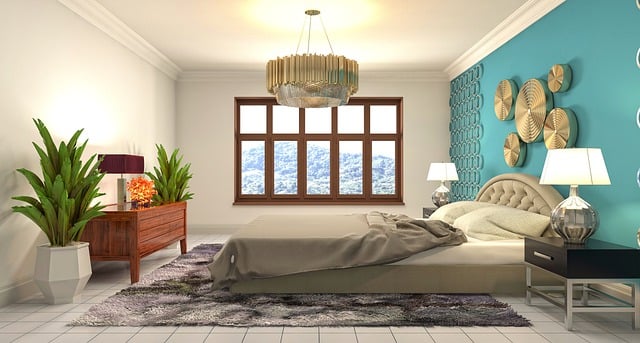BIM-integrated rendering revolutionizes building design rendering by combining Building Information Modeling data with advanced technologies, creating highly accurate photorealistic visuals. This process enhances productivity, reduces errors, and facilitates early decision-making through real-time visualization. BIM's holistic view ensures precision in structural integrity and aesthetic details, streamlining workflows from concept to completion, ultimately making building design rendering more efficient and cost-effective.
In the evolving landscape of building design, BIM-integrated rendering is revolutionizing workflows. This powerful synergy combines Building Information Modeling (BIM) data with advanced visualization tools, enabling architects and engineers to create precise, realistic renditions of their designs. By seamlessly integrating BIM into rendering processes, professionals can streamline projects, enhance collaboration, and deliver exceptional visual representations that meet client expectations. Explore the advantages, efficient workflows, and precision benefits of BIM for building design rendering.
Understanding BIM Integration in Rendering
BIM-integrated rendering is a cutting-edge process that seamlessly combines Building Information Modeling (BIM) data with rendering technologies, revolutionizing the way we approach building design rendering. By integrating BIM models into the rendering pipeline, architects and designers can create highly accurate visual representations of their projects. This innovative approach ensures that every detail, from structural elements to finishings, is precisely represented in the rendered images or animations.
In this context, BIM serves as a comprehensive digital model containing all project-related information, allowing for real-time visualization and analysis. When rendering software interacts with this data, it can automatically generate photorealistic visuals, saving time and effort compared to traditional manual rendering processes. This integration enhances productivity, enabling professionals to make informed decisions earlier in the design phase and improve overall project efficiency.
Advantages of BIM for Building Design Rendering
Building Design Rendering (BDR) has evolved significantly with the adoption of Building Information Modeling (BIM). BIM offers numerous advantages for BDR, enhancing precision and efficiency throughout the design process. Firstly, it allows for a more holistic view of the building project by integrating design data from various disciplines, ensuring that every aspect—from structural integrity to aesthetic details—is accurately represented. This collaborative environment reduces errors and miscommunications between architects, engineers, and contractors.
Moreover, BIM enables faster and more accurate rendering by leveraging digital models that are rich in information. This means designers can generate photorealistic images and animations with greater ease, facilitating better client communication and project visualization. The ability to quickly iterate and refine designs based on real-time data further streamlines workflows, making the entire BDR process more efficient and cost-effective.
Efficient Workflows: Streamlining the Process
BIM-integrated rendering revolutionizes building design rendering by streamlining workflows and enhancing efficiency from concept to completion. By seamlessly integrating 3D modeling with real-time visualization tools, architects and designers can quickly generate high-quality visuals that accurately represent their digital designs. This integrated approach eliminates redundant steps and reduces time spent on manual adjustments, allowing professionals to focus on creative problem-solving rather than tedious tasks.
Furthermore, BIM rendering enables precise communication and collaboration among project stakeholders. Real-time visualization tools facilitate easier comprehension of design intent, leading to fewer interpretation errors and changes during construction. This not only minimizes cost overruns but also ensures that everyone involved in the project shares a common understanding of the final product, resulting in smoother operations and more efficient use of resources.
Precision in Visualization: Achieving Realistic Results
In the realm of building design rendering, precision is paramount. BIM-integrated rendering takes this to a new level by seamlessly merging digital models with photorealistic visuals. This innovative approach ensures that every detail, from structural elements to subtle textures, is accurately represented. Architects and designers can create immersive 3D scenes that closely resemble the final construction, facilitating better client communication and informed decision-making.
The precision offered by BIM-integrated rendering goes beyond aesthetics. It enables efficient workflows by identifying potential issues early in the design phase. For instance, clashes between structural components or inconsistencies in material specifications can be caught before construction begins, saving time, resources, and ensuring a more seamless building process. This level of realism and accuracy is crucial for successful project outcomes in any building design endeavor.
BIM-integrated rendering revolutionizes the building design rendering process by offering unprecedented efficiency and precision. By seamlessly combining Building Information Modeling (BIM) data with advanced rendering techniques, architects and designers can streamline workflows, achieve realistic visualizations, and make informed decisions earlier in the project lifecycle. This technology is a game-changer, enabling professionals to create detailed, accurate renderings that enhance client communication and ultimately contribute to successful construction projects.
